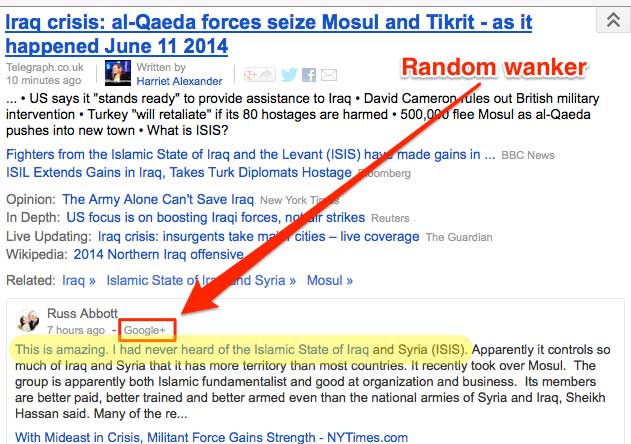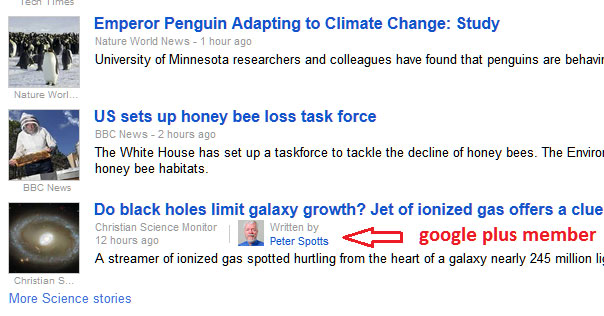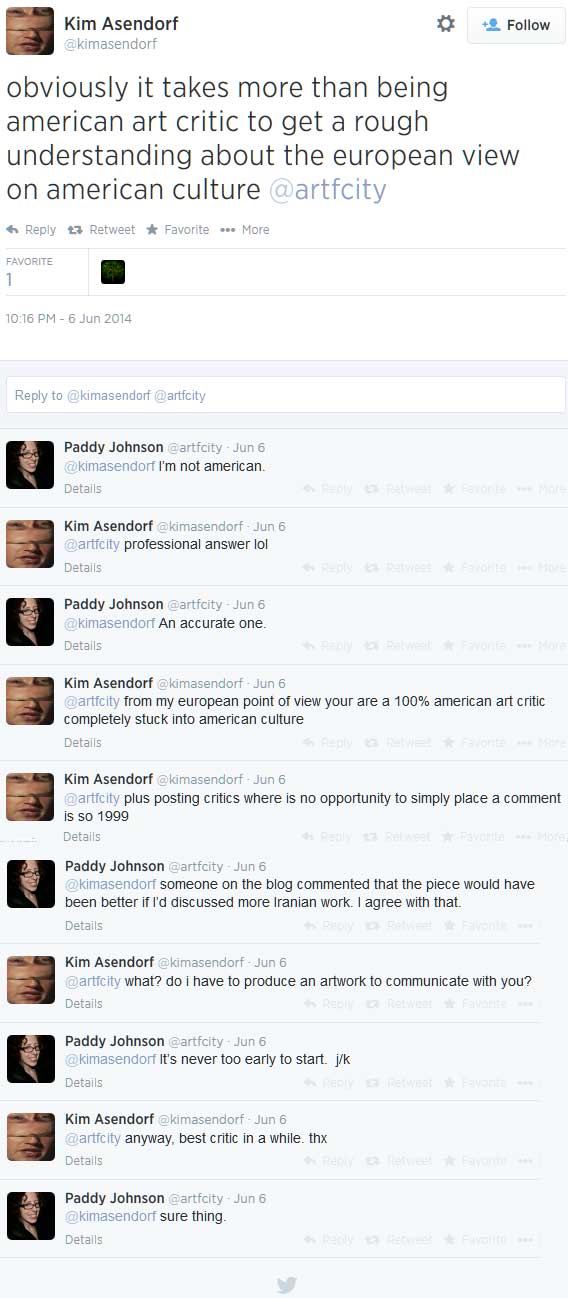Naked Capitalism has a good run-down on Facebook's experimentation with users via changes to news feeds to elicit emotional responses. This was junk science (one of the authors of the resulting paper is a Facebook employee, who may or may not wear a hoodie). But it's also the latest betrayal of users, who are constantly having settings jacked with.
Facebook, of course, is where the new media community moved for its critical discourse after the blogosphere era.
And the art world, too: just yesterday, Paddy Johnson re-published some Zucker-thoughts of Sally McKay on the work of Jeff Koons (McKay incorrectly describes his material as "ceramics" but that's a minor point).
So, what if McKay were having her news feed manipulated along with the other marks, and wrote something like "there's a lot of anger in current art." That would suck.
Of course, the Turing-complete user isn't going to rely on a Facebook feed for news. But on twitter, where I (six years ago), had the ability to control who and what I "followed," I'm now hit with additional, unasked-for information, from the expanded "media rich" tweets of the few people I follow, from the steady drip of "promoted" tweets, and from the "notifications" that constantly remind me that there is content outside my timeline to look at. I feel as I'm living over there with my finger in the dike holding back a shit-flood of propaganda. Yet, like McKay on Facebook, I'm using twitter for "crit" so, what does that say about me?
OK, here's a promise: the next time I'm invited to be in a performance event hosted by a major New York institution, I will sit cross-legged on stage, burn candles, and announce that I am going to delete my twitter, one tweet at a time, over a period of three years, until all that remains will be a single GIF (converted to mp4) of a small, flickering flame. That'll show 'em! And will likely be reverently written up.
see also
hat tips ryz and andrej for facebook paper
Update: An intrepid fact checker notes that of the Koons Banality sculptures in the Whitney show, some are polychromed wood and some are porcelain. I wouldn't use the term ceramics to describe his work but as noted, it's a minor point.



